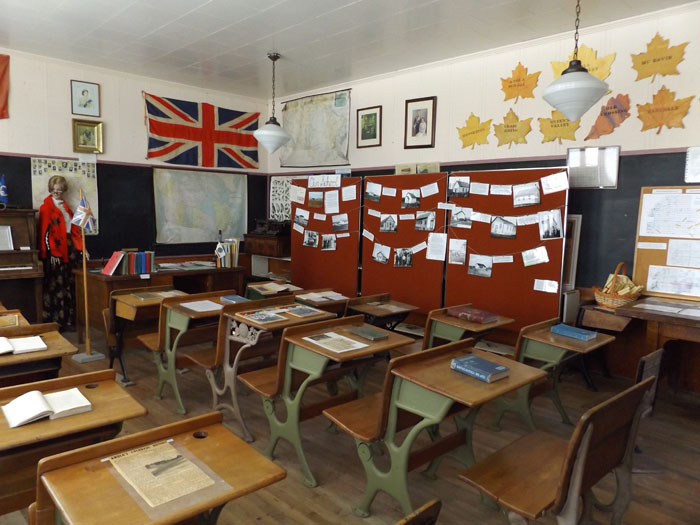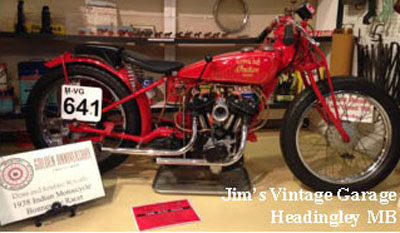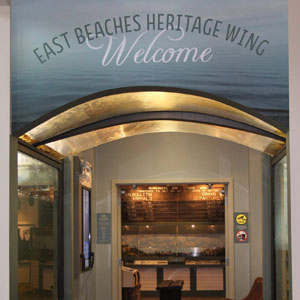About Museums in Manitoba
There are almost 200 museums in Manitoba; over 40 in the City of Winnipeg alone! These include art galleries, community museums, cultural centres, heritage centres, historical societies, historic buildings, sites and parks, zoos, natural history and science museums, and nature centres. These museums are found in every region of the province and their collections range from art and history to science and nature, from sports and leisure to transportation and industry.
There are museums that focus on Indigenous people and European immigration, on pioneer settlement and urban sprawl, on agriculture, fishing, mining and forestry. There are museums that focus on our natural habitat and others that focus on our manufactured or built heritage. They deal with issues such as land claims and residential schools, forced migration and immigration. They deal with plants, animals, minerals and people.
Manitoba museums are part of our education system – providing on-site tours and in-house educational opportunities to thousands of school children annually.
Manitoba museums are a keystone of our tourist industry. They initiate tourist visits to our province, and visitation to museums encourages visitors to stay, helping to increase local spending.
Manitoba museums contribute to the workforce. They employ hundreds of people full time, part-time and seasonally. Manitoba museums are supported by thousands of local volunteers who give of themselves to preserve, protect and share Manitoba’s diverse heritage.
Manitoba museums provide a picture of our past, a forum for today’s issues, and a foundation for our future. We are proud to share our history and our culture with students, visitors and locals alike.



Anola Museum's School Room exhibit Jim's Vintage Garage, Headingley Grand Marais
Use our Search Museums feature to find an interesting museum to visit!
